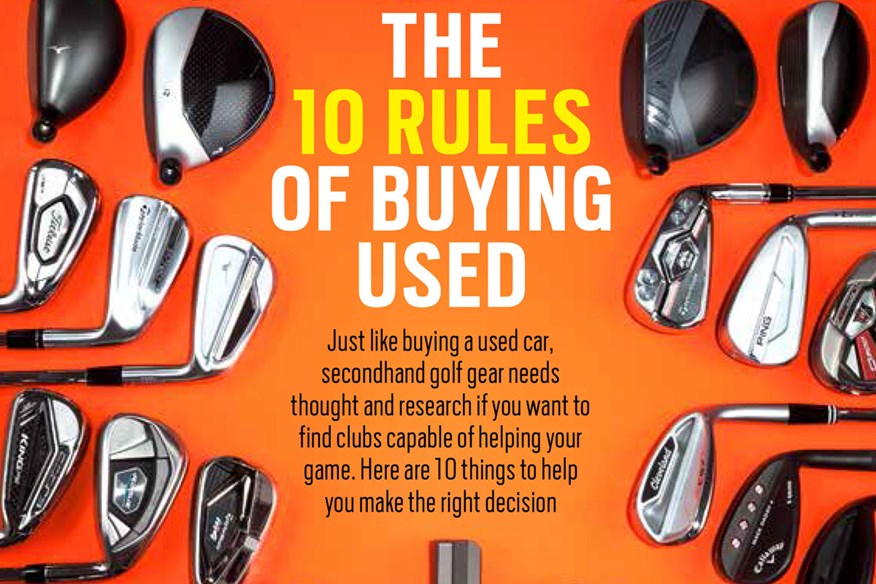The 10 rules of buying used golf clubs
Last updated:
The 10 rules of buying used golf clubs
Buying used golf clubs can be a fantastic way to get excellent kit for a fraction of the normal price. But, just like buying a use car, second hand golf clubs require some thought and research if you want to avoid buying a dud. Here are 10 top tips you should consider when buying used golf clubs.
Related: the best used golf clubs you should buy right now
1. Do your research
You wouldn’t go and spend £800 on a new set of irons without doing some research beforehand, so don’t do it with used equipment, either.
Have a good look at our golf club reviews of any clubs that catch your eye. Get a good idea of when the product launched, how much the original RRP was and weigh up what tech it has compared to the very latest models.
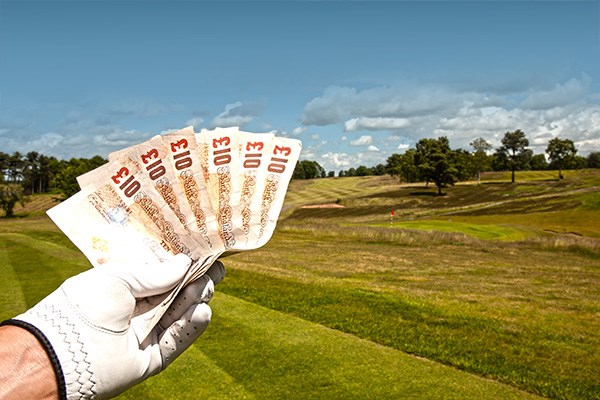
2. Think about custom fitting
We’re not talking about getting custom fitted for the used golf clubs you’re buying (that is rarely possible).
We’re referring to how, depending on what you’re buying, it might have been custom fitted to its previous owner.
Pay special attention when buying Ping golf clubs second hand, as a good percentage of their clubs get fitted to their first owner.
Don’t be afraid to ask questions about shaft type and length, as well as enquiring about lie angles, as upright or flat irons can have a huge impact on how you hit them. Ping’s lie angle colour coding system makes this easy to spot, but it’s not so simple with some brands.
Don’t forget to consider the shaft in any prospective purchase and whether it suits your swing.
3. Know your own specs
There’s no point buying the driver you’ve hankered after for months if it’s the wrong loft, or comes with an extra stiff shaft that simply doesn’t suit you.
If you’ve been fitted before it’s likely you have got an idea which specs suit you. Bear these in mind and try to find used golf clubs that match what you would be fitted for if buying new.
4. Get the accessories
New adjustable drivers, fairways and putters come with headcovers and a wrench to allow you to make adjustments. Make sure if you’re buying secondhand both are included in the sale.
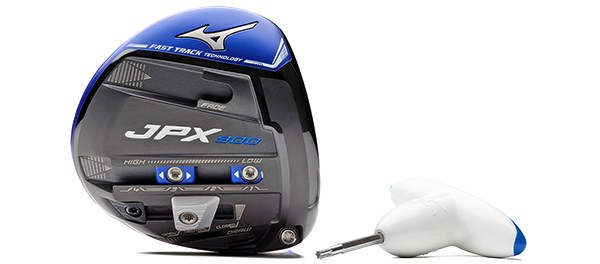
If you trade your purchase in again in the future you’re likely to lose value by not having everything that came with the product originally.
5. Be prepared for a regrip
The grip is your only contact with the club, so it’s worthwhile making sure it’s in good shape and gives the feel you like. Not many people put new grips on their clubs immediately before trading them in, so it’s safe to assume that the ones you get on used clubs will be at least part-worn.
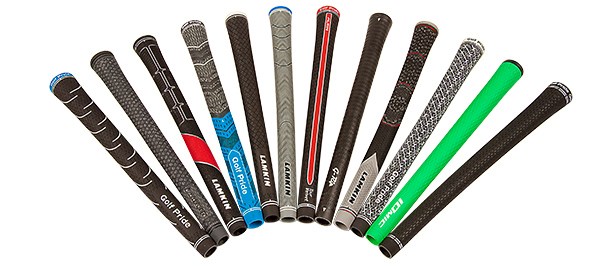
We’re not saying every secondhand club will need a regrip – some will have plenty of rounds left in them – but just be prepared to make a switch sooner than you would with a brand new club. Regripping your clubs is the best way to make a used club feel like new again.
6. Used putters are a great buy
Any seasoned golfer knows that putters can go cold, so it’s great having a back-up to switch to when you’re not holing your fair share.
Golfbidder have a huge selection of used putters, and buying secondhand is a great way to reinvigorate your form with the flatstick.
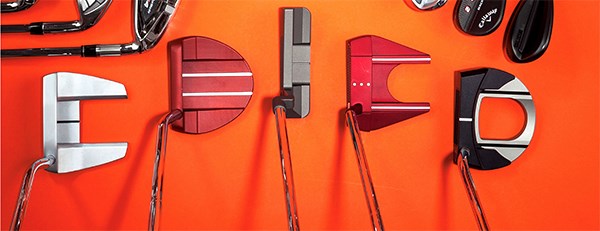
Putters don’t tend to suffer as much wear and tear as other clubs, and depreciate slower than woods, irons and wedges. So if you buy a used putter and it doesn’t work out, you’ve not lost the world, simply trade it in and try another one!
7. Be (a bit) wary of used wedges
Our testing over the years has shown how groove wear on wedges can reduce spin on full and half shots by 1,000rpm or more. So think twice before considering wedges that show any sign of face wear.
That doesn’t mean you should never buy a used wedge; just be extra careful about checking the condition of what you’re buying. Golfbidder also take clearance stock from some of the biggest golf brands, which means you could pick up last year’s model, in brand new condition, for a substantial saving.
8. Go and see the clubs in person before you buy
Obviously this isn’t always possible, but if you can check the clubs you’re buying before handing over your money, it’s a very smart move.
A visit to Golfbidder HQ in Chessington, Surrey, is a bit like buying from Argos. Staff will happily grab any clubs that catch your eye, so you can see and get a feel for them before deciding whether or not to commit to a purchase.
If you can’t make the journey, Golfbidder offer a seven-day trial, so if you’re not happy with your purchase you can simply send it back for a full refund. It means you can try your new clubs on the range or course completely risk-free.
9. Be aware of counterfeit golf clubs
There’s a surprisingly large number of fake golf clubs in circulation, and some of the replicas can be incredibly realistic.
The devil is in the detail, so look carefully at logos, adjustable weights, grips, etc.
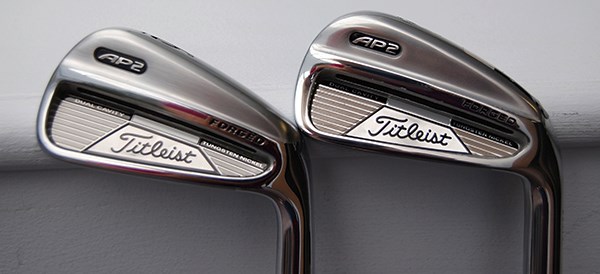
The old adage, “if it’s too good to be true, it probably is,” really applies to fake golf clubs. If you’re buying something for a fraction of what you think it’s worth, ask yourself why.
Trusted used golf club retailers like Golfbidder have experts to check every club for counterfeiting, so you’re safer buying through them than eBay or other online auction sites, where fakes are rife.
10. Understand the rating system
We all love a bargain, but most of us wouldn’t be too chuffed if our new purchase turned up as a battered old wreck of a club. Established used golf club sellers like Golfbidder publish a Rating Guide, allowing comparison between models they have available. Every club is rated from six to 10 (they refuse to sell anything below a six). Of course the rating is reflected in the price, but understanding the system helps you decide whether you’d rather pay a bit more for something that’s nearly as good as new, or make a bigger saving on something that’s showing some signs of wear.
9-10/10 Brand new
A 10/10 club is brand new and still in the wrapper. A 9/10 is still brand new but minus the wrapper.
8/10 Very good condition
These clubs may have only been hit a handful of times, we’re talking two or three rounds at the most. Any marks will be very light.
7/10 Good condition
These clubs will show evidence of play, but there will be no damage. Clubs will have been used and looked after with no dings or chips.
6/10 Fair condition
This club is in perfectly usable order, but cosmetically not quite deserving of a “good” rating. There may be minor stone chips on the sole and/or marks resulting from normal wear and tear.
-
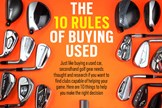 Follow our tips for a successful purchase of used golf clubs.
Follow our tips for a successful purchase of used golf clubs.
-
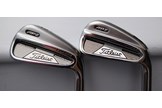 One of these golf clubs is fake.
One of these golf clubs is fake.
-
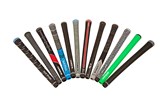 Putting new grips on used golf clubs makes them feel like new.
Putting new grips on used golf clubs makes them feel like new.
-
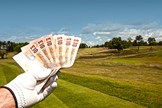 You don't have to buy golf clubs after a custom fitting
You don't have to buy golf clubs after a custom fitting
-
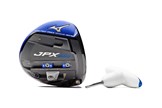 Ensure you get the wrench and headcover when buying used golf clubs.
Ensure you get the wrench and headcover when buying used golf clubs.
-
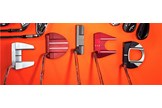 Used putters are a good way to try buying used golf clubs.
Used putters are a good way to try buying used golf clubs.
